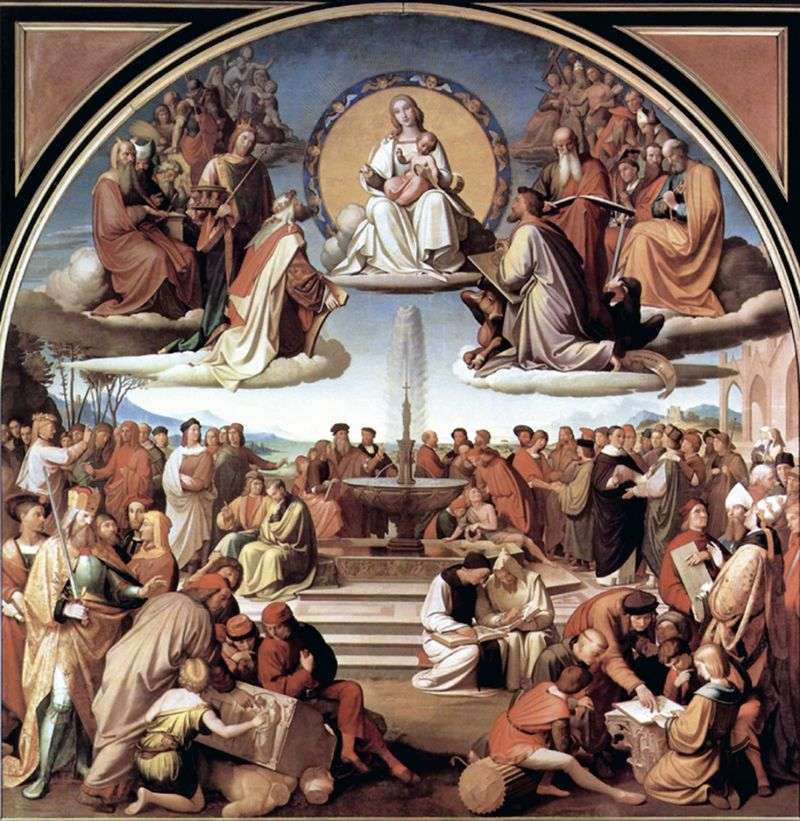
The creation of a work of art capable of revealing a sincere religious feeling, a return to the old classical fresco technique is one of the main provisions of the Manifesto of Nazarens, in the creation of which Overbek took part.
In 1809, he graduated from the Vienna Academy of Arts and in the same year, together with his friend P. Pvérrom, founded the “Nazarene” artist association, the Brotherhood of St. Luke. Artists settled in the cells of the Roman monastery of San Isidore and tried to observe the statutes of the medieval brothers.
In 1813, Overbeck adopted Catholicism. In 1816-1817, the artist, together with other Nazareans, worked on the paintings of the Palazzo Zuccari, in which the influence of the creative work of the masters of the Early Italian Renaissance is palpable. “The Triumph of Religion in the Arts” – later the program of the artist.
In its composition it corresponds to the altar images of the Renaissance. In the center of the composition is placed the Madonna, to whom the kneeling Durer and Raphael – the idols of the Nazarens – bring their art as a gift. Other well-known works: The Sacrament of Repentance from the Seven Sacraments cycle. Hermitage, St. Petersburg; “Italy and Germany”. 1811 – 1828. New Pinakothek, Munich.
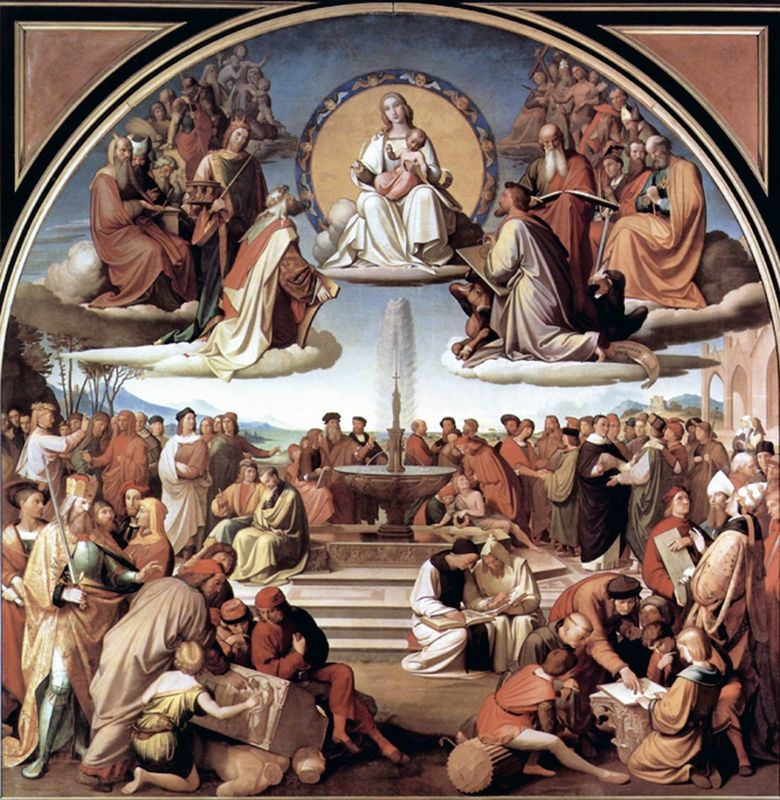 Le triomphe de la religion dans les arts – Johann Friedrich Overbeck
Le triomphe de la religion dans les arts – Johann Friedrich Overbeck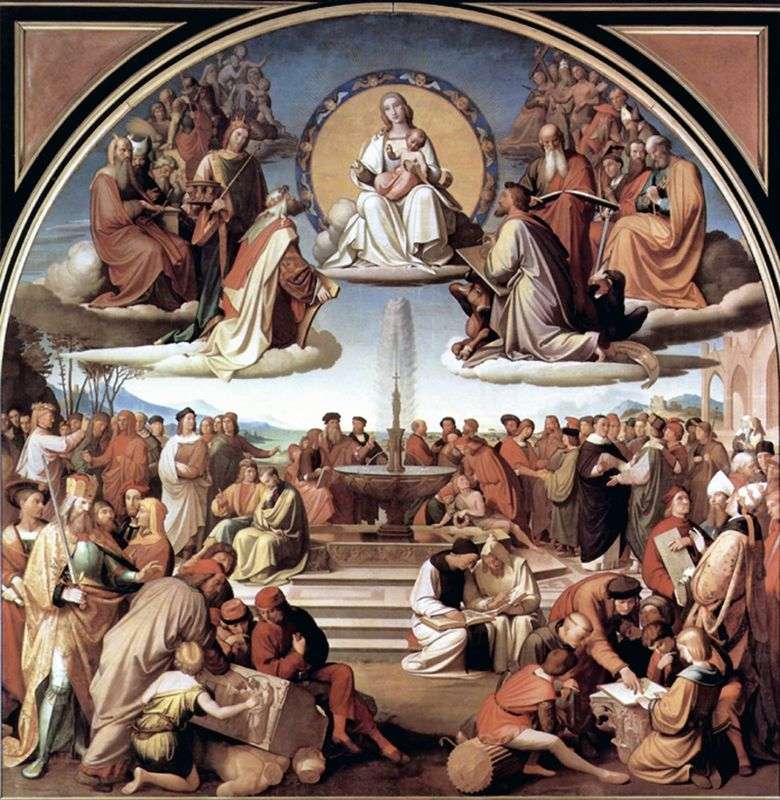 El triunfo de la religión en las artes – Johann Friedrich Overbeck
El triunfo de la religión en las artes – Johann Friedrich Overbeck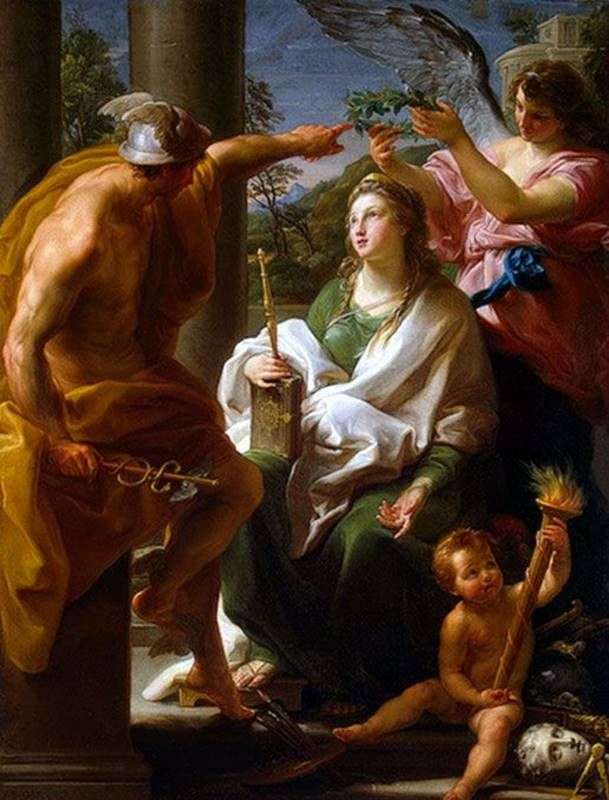 Mercury, crowning Philosophy, Mother of the Arts by Pompeo Batoni
Mercury, crowning Philosophy, Mother of the Arts by Pompeo Batoni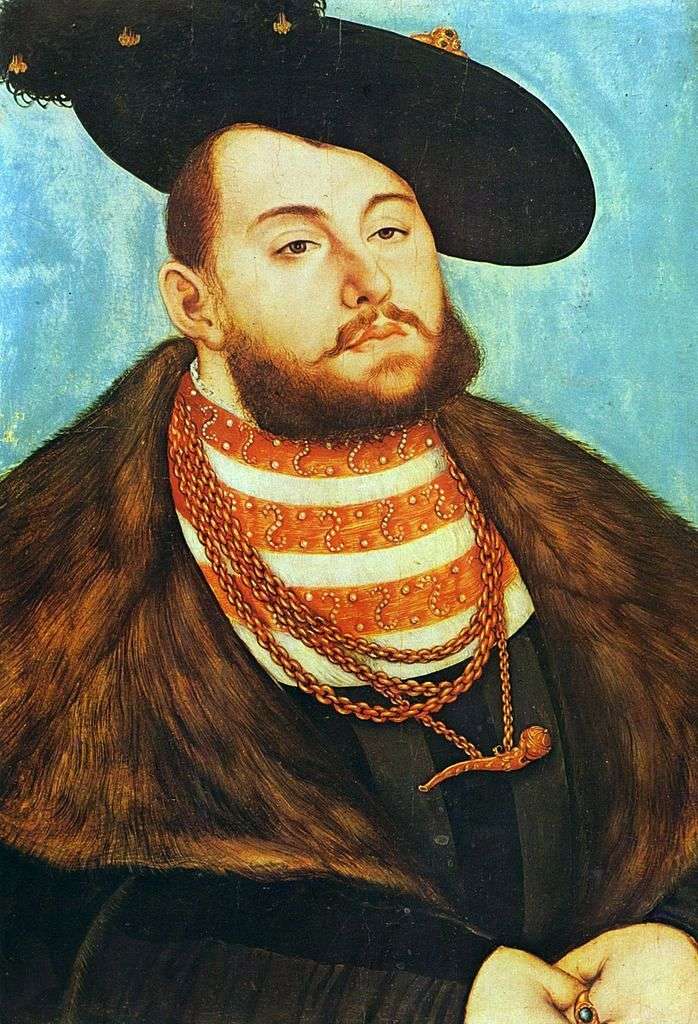 Portrait of Johann Friedrich the Magnanimous by Lucas Cranach
Portrait of Johann Friedrich the Magnanimous by Lucas Cranach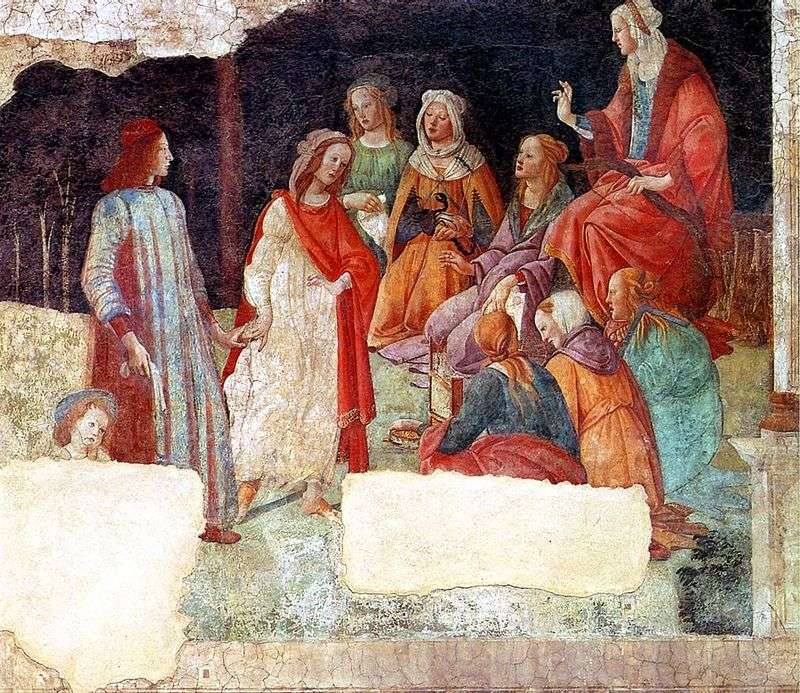 Fresco of Villa Macherly. Lorenzo Tornabuoni and the Free Arts by Sandro Botticelli
Fresco of Villa Macherly. Lorenzo Tornabuoni and the Free Arts by Sandro Botticelli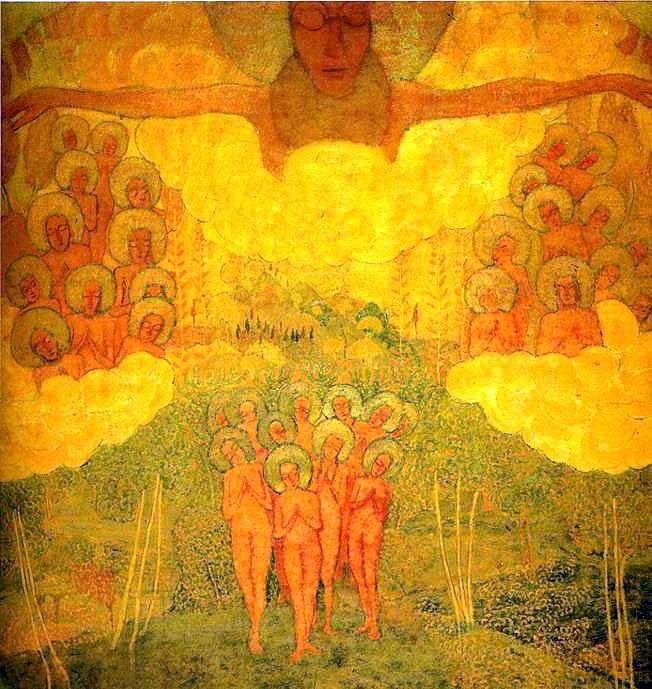 The triumph of the sky by Kazimir Malevich
The triumph of the sky by Kazimir Malevich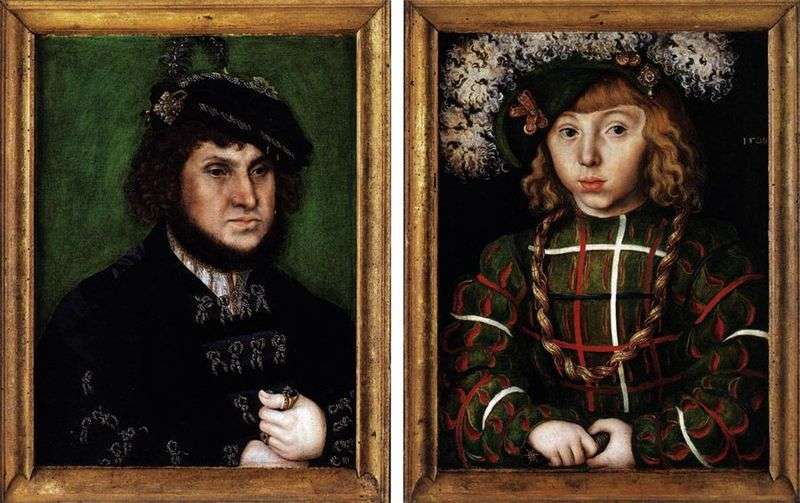 The double portrait of Johann the Tough and his son Johann Friedrich by Lucas Cranach
The double portrait of Johann the Tough and his son Johann Friedrich by Lucas Cranach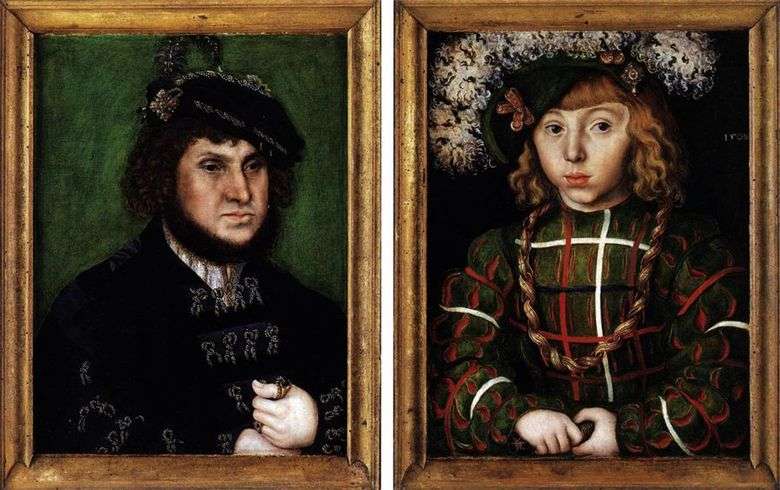 Doble retrato de Johann Tverdy y su hijo Johann Friedrich – Lukas Cranach
Doble retrato de Johann Tverdy y su hijo Johann Friedrich – Lukas Cranach